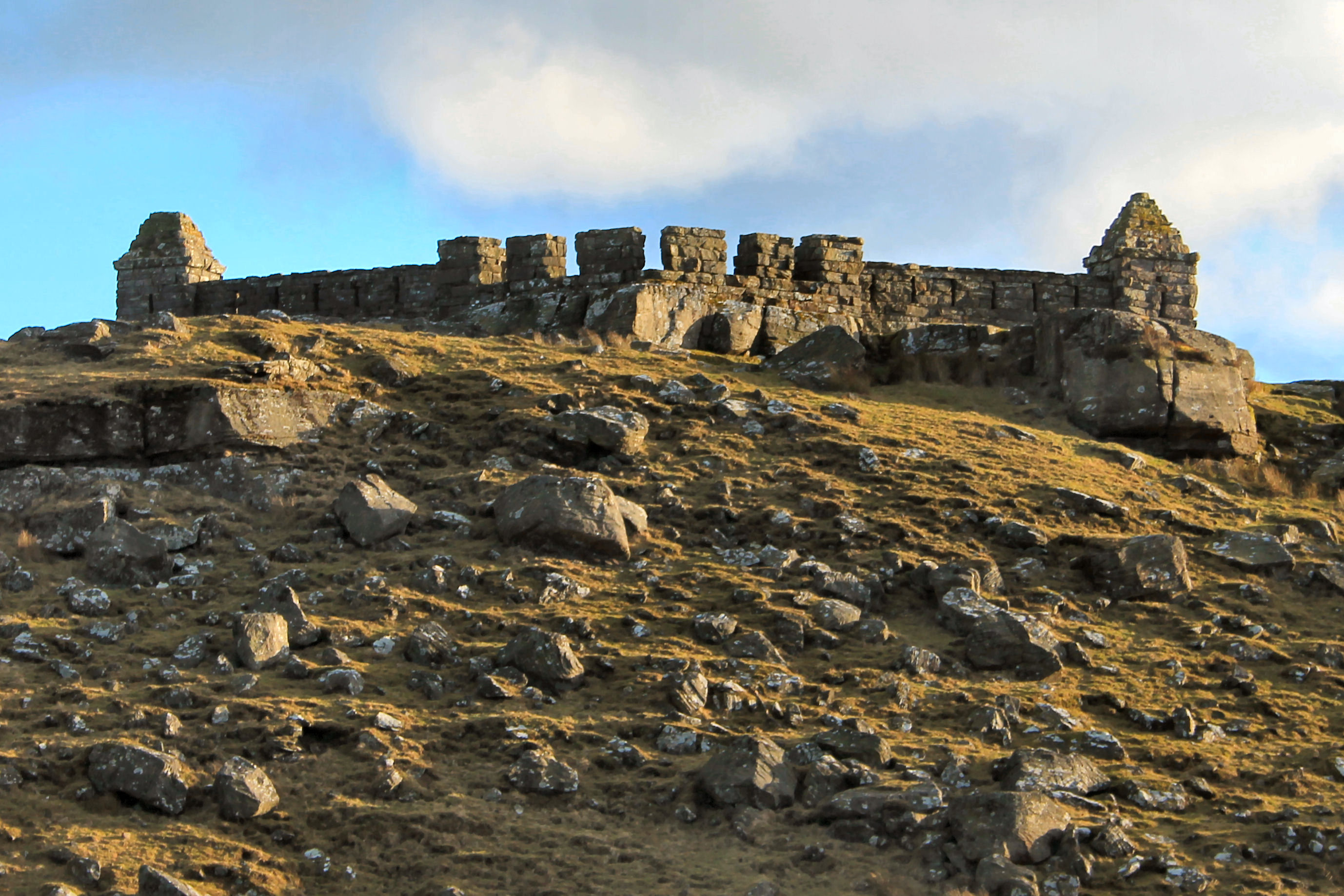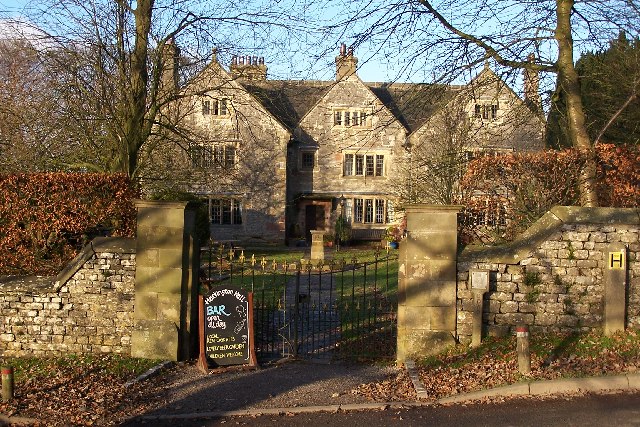|
Hartington Town Quarter
{{disambig, geo, surname ...
Hartington may refer to: Places * Hartington, Derbyshire, a village in the Derbyshire Peak District, England ** Hartington railway station * Hartington, Nebraska, a city in Cedar County, Nebraska, United States * Hartington, Northumberland, England, a former civil parish, now in Rothley * Hartington, Ontario, a small village in Canada People * Harry Hartington (1881–1950), English cricketer * Marquess of Hartington, British Liberal Party leader, 1886–1903 Other * Hartington City Hall and Auditorium * Hartington Hall * Hartington Road Halt railway station, Brighton, England * Marquess of Hartington, subsidiary title held by the Duke of Devonshire Duke of Devonshire is a title in the Peerage of England held by members of the Cavendish family. This (now the senior) branch of the Cavendish family has been one of the wealthiest British aristocratic families since the 16th century and has be ... [...More Info...] [...Related Items...] OR: [Wikipedia] [Google] [Baidu] |
Hartington, Derbyshire
Hartington is a village in the centre of the White Peak area of the Derbyshire Peak District, England, lying on the River Dove which is the Staffordshire border. According to the 2001 census, the parish of Hartington Town Quarter, which also includes Pilsbury, had a population of 345 reducing to 332 at the 2011 Census. Formerly known for cheese-making and the mining of ironstone, limestone and lead, the village is now popular with tourists. Architecture Notable buildings in the village include the market hall (formerly the site of a market), the 13th-century parish church of Saint Giles, and the 17th-century Hartington Hall. The prominent Bank House in the centre of the village was built by the former village mill owner, and in the past was used as the village bank. A half-mile (800 m) to the south of the village, on the river Dove, is the fishing house of the famous angler Charles Cotton. In the north of the village is Pilsbury Castle, an 11th-century motte-and-ba ... [...More Info...] [...Related Items...] OR: [Wikipedia] [Google] [Baidu] |
Hartington Railway Station
Hartington railway station opened in 1899 about two miles away from the village it served - Hartington () in Derbyshire, south east of Buxton. It was on the Ashbourne Line built by the LNWR as a branch from the Cromford and High Peak Railway (which ran from Whaley Bridge to Cromford) at Parsley Hay. To the north of the station is Hand Dale viaduct. It was reported that when digging the foundations for the piers, remains of a lead mine, in which the miners had perished, were discovered. Platforms and buildings at this station, like the others on this line, were made of timber. From Parsley Hay to Ashbourne, the line was single with passing loops at the stations, but provision was made for doubling, which never occurred.Bentley, J.M., Fox, G.K., (1997) ''Railways of the High Peak: Buxton to Ashbourne (Scenes From The Past series 32),'' Romiley: Foxline Publishing Like all the stations on the line, it was popular with ramblers, and had both a ladies' and a general waiting ro ... [...More Info...] [...Related Items...] OR: [Wikipedia] [Google] [Baidu] |
Hartington, Nebraska
Hartington is a city in Cedar County, Nebraska, United States. The population was 1,514 at the 2020 census. History Hartington was platted in 1883, as a water stop on the railroad. It was named for Lord Hartington, who had then recently paid a visit to the U.S. Historic buildings Hartington includes a number of historic buildings. These include three brick structures on the National Register of Historic Places: the Prairie School Hartington City Hall and Auditorium (1921-1923), the Romanesque Revival Cedar County Courthouse (1890-1891), and the Colonial Revival Hartington Hotel (1917). Geography Hartington is located at (42.621027, -97.263953). According to the United States Census Bureau, the city has a total area of , all land. Hartington is served by Nebraska State Highways 57 and 84. Climate Demographics 2010 census At the 2010 census there were 1,554 people, 641 households, and 402 families living in the city. The population density was . There were 715 housing u ... [...More Info...] [...Related Items...] OR: [Wikipedia] [Google] [Baidu] |
Rothley, Northumberland
Rothley is a small settlement and civil parish in Northumberland, England about north east of Cambo and about west of Morpeth. Governance Chathill was formerly a township in Hartburn parish, in 1866 Rothley became a civil parish in its own right. It is now within the unitary authority of Northumberland. Both parish and unitary authority have responsibility for different aspects of local government. It is in the parliamentary constituency of Berwick-upon-Tweed. On 1 April 1955 The parish absorbed Fairnley, Hartington and Hartington Hall. Landmarks Rothley Castle is an 18th-century gothic folly built to resemble a medieval castle, situated at Rothley. It was designed in 1755 by architect Daniel Garrett for Sir Walter Blackett, owner of Wallington Hall, from where it is visible on the hillside. Rothley Crags , a wild tract of country which was once Sir William Blackett's deer-park. With the mania our ancestors had for ruins, and surely there were enough in Northu ... [...More Info...] [...Related Items...] OR: [Wikipedia] [Google] [Baidu] |
Hartington, Ontario
Hartington is a small village in South Frontenac Township, located about 14.5 miles (23.3 km) north of Kingston, Ontario, Canada on Provincial Route 38 (previously Highway 38). It was formerly a stop on the Kingston and Pembroke Railway The Kingston and Pembroke Railway (K&P) was a Canadian railway that operated in eastern Ontario. The railway was seen as a business opportunity which would support the lumber and mining industries, as well as the agricultural economy in eastern On .... It is notable as being close to the Holleford meteor crater. Services The Ontario Provincial Police operate thFrontenac Detachmentat 5282 Hinchinbrooke Rd. Fire Hall #4, a part oSouth Frontenac Fire Servicesis located at 4808 Holleford Rd. ThHartington Branchof the Kingston Frontenac Public Library is located at 5598 Rd 38. Communities in Frontenac County {{EasternOntario-geo-stub ... [...More Info...] [...Related Items...] OR: [Wikipedia] [Google] [Baidu] |
Harry Hartington
Harry Edmondson Hartington (18 September 1881 – 16 February 1950) was an English first-class cricketer, who played ten matches for Yorkshire County Cricket Club in 1910 and 1911. He also appeared for the Yorkshire Second XI from 1903 to 1910, and the Yorkshire Cricket Council in 1903. Born in Dewsbury, West Riding of Yorkshire, Hartington was a right-arm fast medium bowler, who took 23 wickets at 33.21, with a best of 5 for 81 against Hampshire. A right-handed tail order batsman, he scored 51 runs at 8.50, with a best score of 16 against Northamptonshire. Hartington died in February 1950, in Pontefract Pontefract is a historic market town in the Metropolitan Borough of Wakefield in West Yorkshire, England, east of Wakefield and south of Castleford. Historically part of the West Riding of Yorkshire, it is one of the towns in the City of Wake ..., West Riding of Yorkshire. References External links Cricinfo Profile 1881 births 1950 deaths Cricketers from Dewsbu ... [...More Info...] [...Related Items...] OR: [Wikipedia] [Google] [Baidu] |
Spencer Cavendish, 8th Duke Of Devonshire
Spencer Compton Cavendish, 8th Duke of Devonshire, (23 July 183324 March 1908), styled Lord Cavendish of Keighley between 1834 and 1858 and Marquess of Hartington between 1858 and 1891, was a British statesman. He has the distinction of having held leading positions in three political parties: leading the Liberal Party, the Liberal Unionist Party and the Conservative Party in either the House of Commons or the House of Lords. After 1886 he increasingly voted with the Conservatives. He declined to become prime minister on three occasions, because the circumstances were never right. Historian and politician Roy Jenkins said he was "too easy-going and too little of a party man." He held some passions, but he rarely displayed them regarding the most controversial issues of the day. Background and education Devonshire was the eldest son of William Cavendish, 2nd Earl of Burlington, who succeeded his cousin as Duke of Devonshire in 1858, and Lady Blanche Cavendish (née Howard). L ... [...More Info...] [...Related Items...] OR: [Wikipedia] [Google] [Baidu] |
Hartington City Hall And Auditorium
The Hartington City Hall and Auditorium, also known as the Hartington Municipal Building, is a city-owned, brick-clad, 2-story center in Hartington, Nebraska. It was designed between 1921 and 1923 in the Prairie School style by architect William L. Steele (1875–1949). Prairie School architecture is rare, and this rural Nebraska specimen is particularly unusual for being designed and built in the 1920s, subsequent to the Prairie Style's rapid loss of popularity after 1914. The building originally housed city offices, a fire house, an armory, and an auditorium. It is currently used for events, meetings, sports, recreation, and social functions. History The land which would become Cedar County, Nebraska was held for thousands of years by various Native American tribes, most recently by the Omaha, with the Ponca somewhat to the west and the Yankton Dakota generally north of the Missouri River. On March 16, 1854, the Omaha were forced to surrender Cedar County and most of the ... [...More Info...] [...Related Items...] OR: [Wikipedia] [Google] [Baidu] |
Hartington Hall
Hartington Hall is a much altered and extended 17th-century manor house at Hartington, Derbyshire, now a youth hostel. The Hall was built by the Bateman family. They were a well-established Norfolk family who settled at Hartington in the 16th century. Richard Bateman married Ellen Toplis of Tissington and it was their eldest son, Hugh, who built the new manor house at Hartington in 1611. In 1862 Thomas Osborne Bateman oversaw the substantial alteration and extension. The work was carried out by Henry Isaac Stevens of Derby. The house is built to an H plan: the main entrance front has three storeys and three gabled bays, the central bay recessed with an off-centre porch entrance. The dates of building and alterations are recorded on a lintel above the door. It is now a Grade II listed building. The Batemans remained at Hartington until the 20th century. In 1934 the property was opened as a youth hostel by the Youth Hostels Association (YHA) and became the property of YHA ... [...More Info...] [...Related Items...] OR: [Wikipedia] [Google] [Baidu] |
Hartington Road Halt Railway Station
Hartington Road Halt railway station was a stop on the Kemp Town branch railway line between Brighton station and Kemp Town, Brighton, East Sussex. It was open only briefly between 1906 and 1911. The line it stood on was closed permanently in 1971 and has now been demolished. History Hartington Road Halt opened on 1 January 1906 with access from both Hartington Road itself and Upper Wellington Road (a cul-de-sac in the Elm Grove district) by means of cinder paths. The opening of the halt coincided with the London, Brighton and South Coast Railway's (LB&SCR) use of single-class (Third Class only) petrol railmotor vehicles on the branch line, in place of conventional trains which carried First, Second and Third Class accommodation. Reports in various newspapers in December 1905 recorded the halt as having already been built. It was further stated that all trains on the branch line (29 per day, with three fewer on Sundays) would stop there and that tickets had to be bought f ... [...More Info...] [...Related Items...] OR: [Wikipedia] [Google] [Baidu] |


.jpg)
